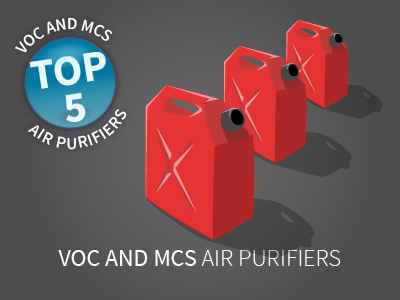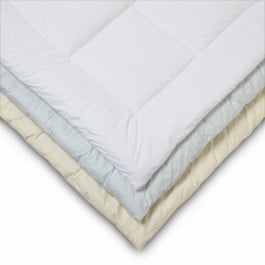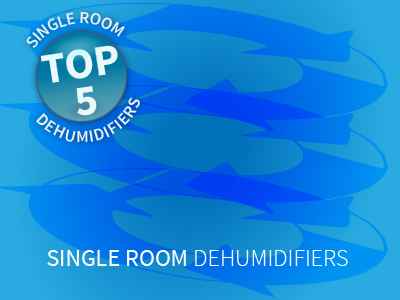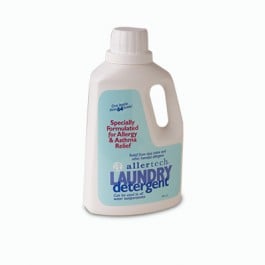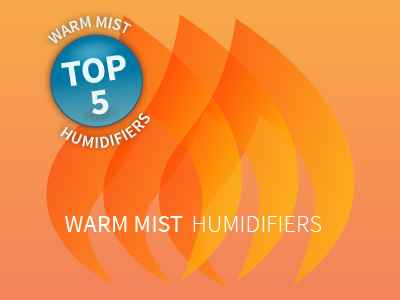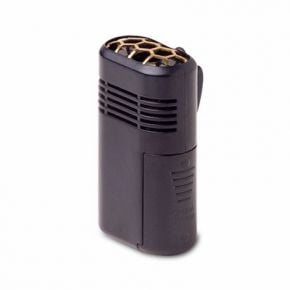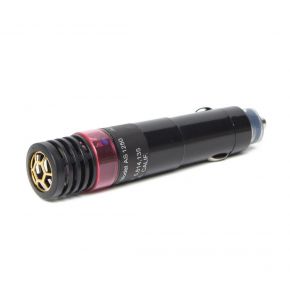- Making You Healthier and Happier Through Allergy Relief
Air Purifiers – HEPA
-
-21%
More Information On Air Purifiers – HEPA
Air purifiers remove allergens, odors, and pollutants from the air. They range in size, function, design and price. With so many options and brands, deciding on the best HEPA purifier for your needs can be confusing. We offer the best ozone-free air cleaners that address a wide variety of needs including smoke and odor control, allergy, asthma, multiple chemical sensitivity, and air quality issues like pollution, cigarette smoke, pet dander and dust. If you are considering your first air purifier, read our Air Purifier Buying Guide for more information.
Air Purifier Technology
There are many types of air purifier technologies. HEPA filters remove 99.97% of all airborne particulates like pollen, dust, and animal dander. Many of the HEPA air cleaners we offer use activated carbon to remove chemicals and odors. Combining both a HEPA filter and a carbon filter provides the most effective air cleaning filtration.
Manufacturers vary on the technology used to clean the air we breathe. In addition to HEPA filters and granulated carbon filters, several manufacturers go a step further and use ultraviolet light and even photocatalytic oxidation. UV light can be used in addition to HEPA and carbon filter technologies to eradicate bacteria, viruses and mold spores. UV light, when paired with titanium dioxide, can safely and effectively oxidize a wide array of VOCs, smoke and chemical vapors. And regardless of the manufacturer, none of the models we carry produce any ozone, that also means all of the UV models we offer are ozone-free as well.
Some manufacturers implement pre-filters in conjunction with the other filter technologies mentioned above. Pre-filters extend the life of the HEPA filter and increase air cleaner efficiency by trapping larger particles before they get to the primary HEPA filter. Others still will combine UV bulbs with filtration to sanitize the air, killing microbes as they pass through.
Additionally, manufacturers use electrostatic or electronic filtration technology. Electrostatic air cleaners use very small levels of positively and negatively charged particles to attract particles to collecting plates or filters. For example, airborne particles entering an air purifier are positively charged; and, the collection media is negatively charged causing the two to attract to one another. Manufacturers like Blueair have ionizers built into their units, but these are features that are not primary to their air filtration process. Other units, like 3M air purifiers, rely solely on electrostatic filters as an inexpensive alternative to HEPA filters.
Another process used in air purification to clean the air is called ozone generation. We recommend avoiding this technology. We follow the Environmental Protection Agency's guidelines which state that ozone generators should not be sold as air cleaners. We do not sell, recommend, or endorse ozone generators, nor do any of the models we offer that have ionizers produce ozone.
Air Purifiers for Allergy Relief
Air purifiers help allergy sufferers by removing allergens in a room specific environment. We recommend starting in the bedroom since people tend to spend more time in this room than any other in their house. Air purifiers only remove airborne contaminants and allergens. Particles that are heavier than air should be removed with a quality HEPA vacuum cleaner. Particles that are lighter than air include pollen, mold spores, animal dander and dust. These particles can be effectively filtered from the air in your home by using a quality air purifier. HEPA filters are essential for proper air filtration. A HEPA filter removes at least 99.97% of all particles as small as 0.3 microns, though some of the air purifiers filter particles as small as 0.1 microns with up to 99.99% efficiency.
Air Purifier Air Exchanges
A quality air purifier operates efficiently and quietly in a one room environment. To be effective, an air purifier must have a motor attached to a fan that draws air into the unit. Once the air is pulled into the unit, it is filtered through various types of filter media. Clean air is released back into the one room environment to start the cycle all over again. The amount of time it takes and air purifier to cycle through all of the air in a room is referred to an "air exchange."
The more air exchanges per hour, the better air quality in the room. The number of air exchanges is determined by two things: the cubic volume of a room and the cubic foot per minute (CFM) output of the air purifier. More air exchanges will result from a smaller room and a greater CFM output. Ideally, we would like to see between 4 and 6 air exchanges per hour. There is no such thing as overkill when talking about air exchanges. The more air moving through the unit; then, the more the air purifier will filter the air.
